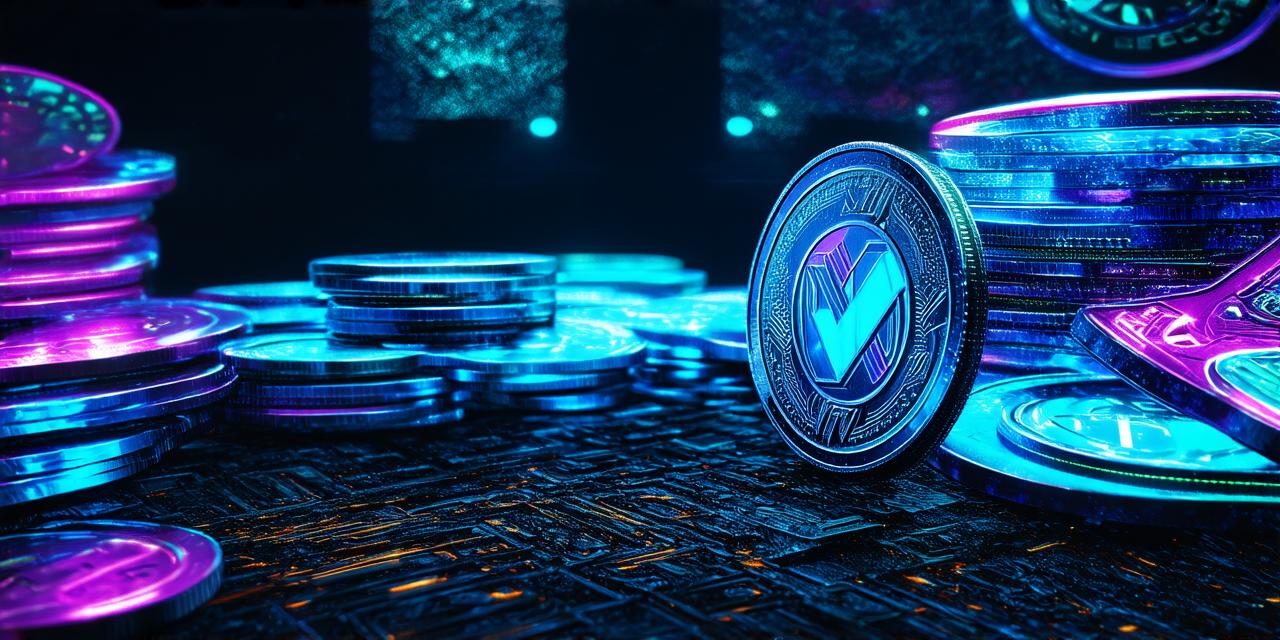
The Metaverse is an immersive virtual world that offers endless possibilities for users to interact, explore, and create. While the concept of the Metaverse is still evolving, one thing that remains constant is the need for a form of currency to facilitate transactions within this digital realm.
The Benefits of Coins in the Metaverse
One of the main advantages of using coins in the Metaverse is that it allows for a more seamless and secure transaction process. By using digital currency, users can transact without the need for intermediaries or traditional payment methods such as credit cards or bank transfers, which can be time-consuming and often come with high fees. In addition, coins can be used to purchase goods and services within the Metaverse that may not be available in the real world.
Another benefit of coins is that they provide users with a sense of ownership and control over their virtual assets. By holding coins, users can access exclusive content or participate in community events that are only accessible to those who own certain amounts of currency. This creates a sense of exclusivity and encourages user engagement within the Metaverse.
Coins also provide a level of security and privacy for transactions within the Metaverse. Because coins are digital, they cannot be easily stolen or counterfeited, which can be a significant issue with traditional forms of currency. In addition, because transactions are conducted anonymously through blockchain technology, users’ personal information remains secure and private.
The Drawbacks of Coins in the Metaverse
While coins offer many benefits, they also come with their fair share of drawbacks. One of the main issues is that the value of coins can be highly volatile, making it difficult for users to predict or plan their expenses within the Metaverse. This volatility can also lead to a lack of stability in virtual economies, as it becomes more challenging to attract and retain businesses that rely on stable currency.
Another issue with coins is that they may not be easily accessible or understandable to all users. While many people are familiar with traditional forms of currency, the concept of digital currency can be confusing for those who are new to the Metaverse. This lack of understanding could lead to a decrease in adoption rates and limit the growth potential of virtual economies.
Real-Life Examples of Coins in the Metaverse
Despite the challenges, coins have already found success within the Metaverse. One example is Decentraland, a decentralized virtual world that allows users to create and explore their own custom environments. Decentraland uses its own digital currency, known as Mana, which can be used to purchase virtual real estate, create content, and participate in community events.
Another example is Cryptokitties, a popular game within the Metaverse that allows users to collect and breed unique digital cats. The game uses its own cryptocurrency, known as Ethereum, to facilitate transactions and provide users with exclusive content and rewards.
The Future of Coins in the Metaverse
As the Metaverse continues to evolve, it is likely that coins will become an increasingly important part of virtual economies. In order for coins to succeed, they will need to address some of the challenges discussed above, such as price volatility and accessibility issues. By doing so, they can create a stable and secure environment for users to transact and engage within the Metaverse.
In conclusion, coins are a crucial component of virtual economies within the Metaverse. They offer many benefits, including seamless transactions, user exclusivity, and security. However, they also come with their own set of challenges, such as price volatility and accessibility issues. By addressing these challenges and working together to create a stable and secure environment, coins can play an important role in shaping the future of virtual economies within the Metaverse.
